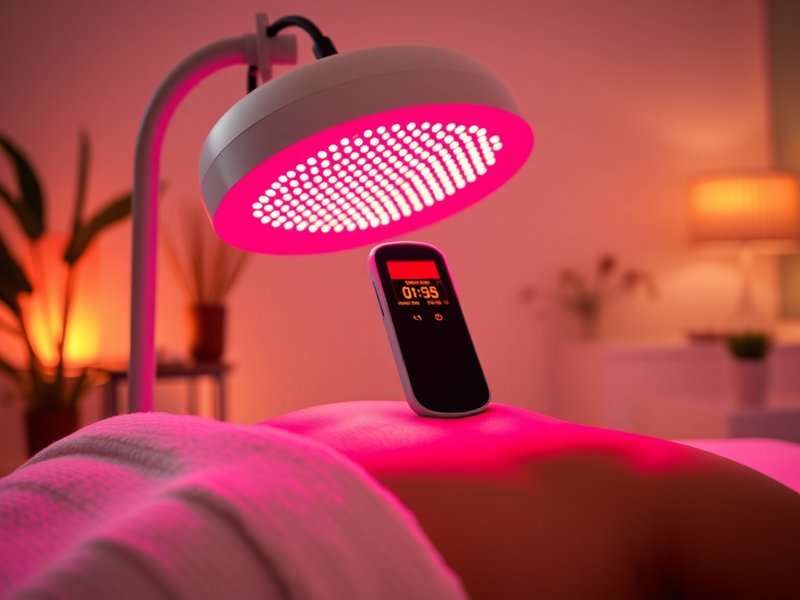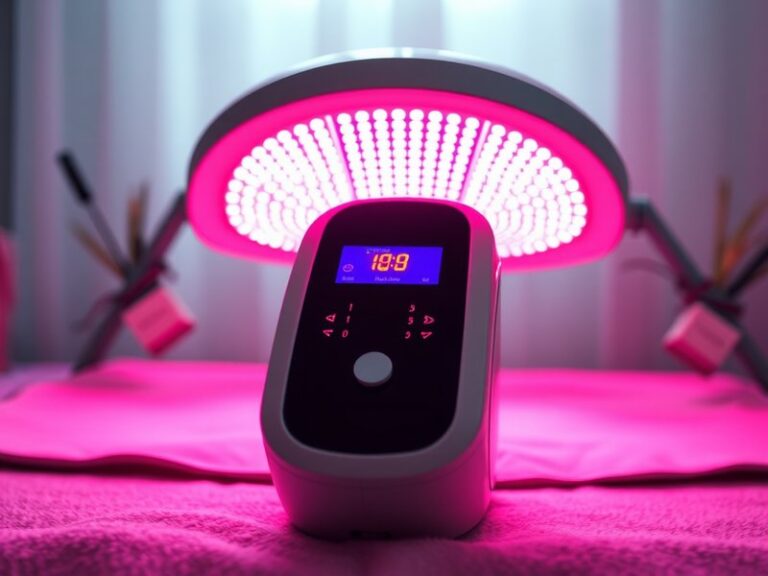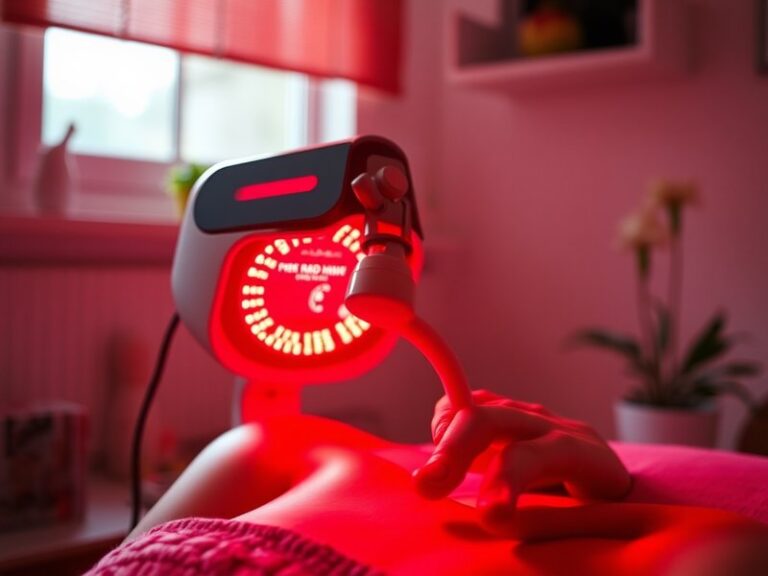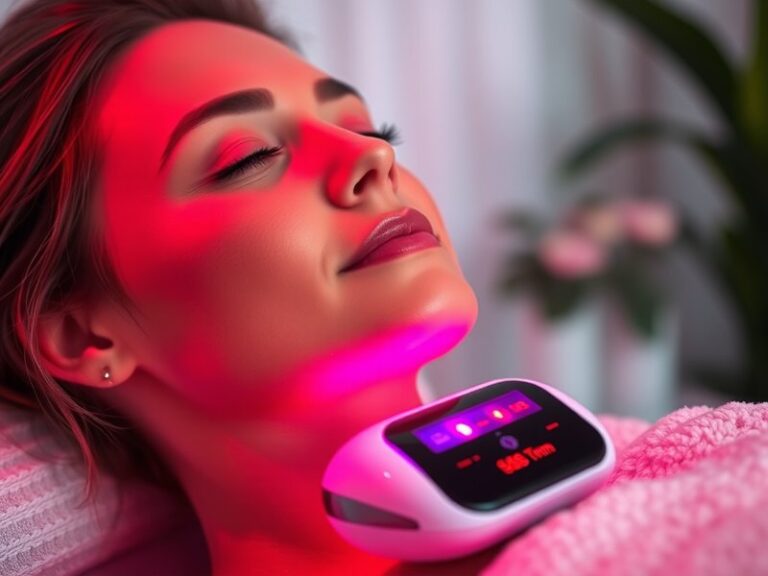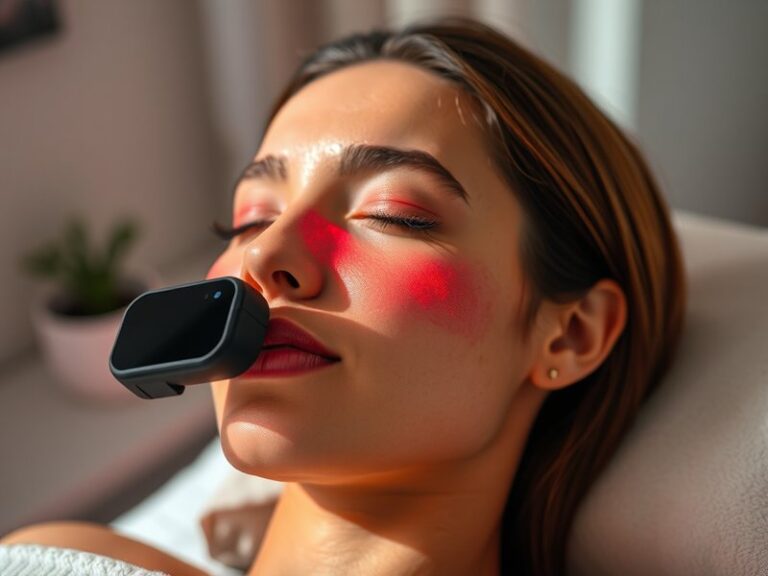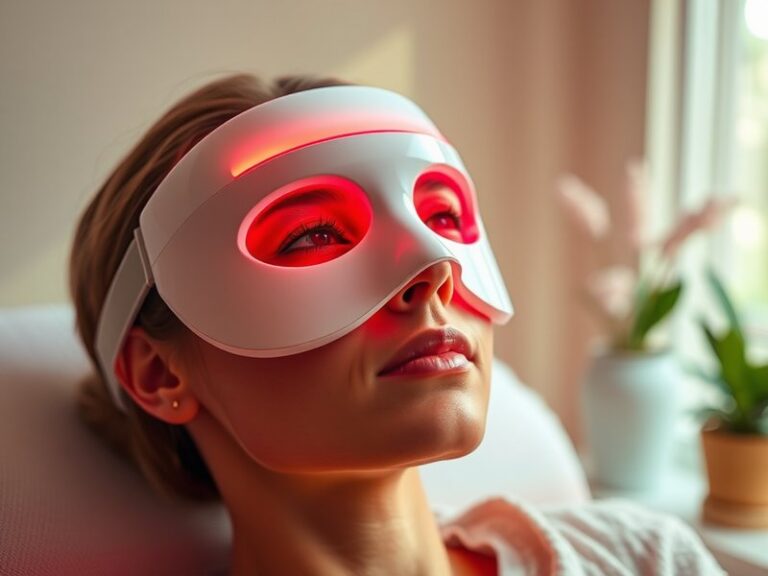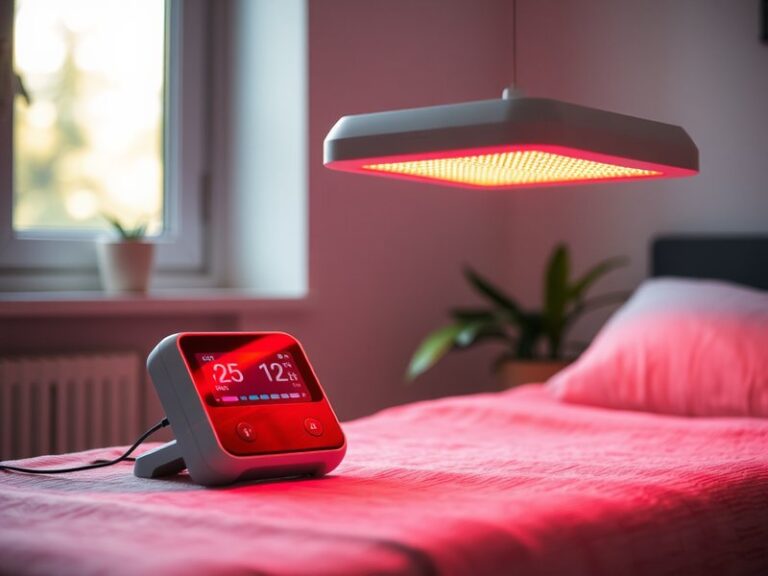Does Red Light Therapy Kill Fat Cells?
Does Red Light Therapy Kill Fat Cells?
What if there was a way to target fat cells without traditional methods like surgery or extreme dieting?
In recent years, red light therapy has emerged as a promising non-invasive treatment for a range of conditions, including pain relief and skin rejuvenation. However, its potential for fat reduction has sparked interest and debate. This article will explore what red light therapy is, its benefits, whether it can actually kill fat cells, and alternatives to this treatment.
Key Takeaways
- Red light therapy is thought to promote the breakdown of fat cells through specific wavelengths of light.
- Studies suggest that red light therapy can aid in body contouring and fat loss, though it does not replace a healthy lifestyle.
- It is important to consider safety and effectiveness, as well as alternative treatments that may be available.
What is Red Light Therapy?
Red light therapy (RLT) involves the use of low-level wavelengths of red or near-infrared light to treat various health issues. This technology has gained popularity in both clinical settings and at-home devices.
The therapy operates by using specific frequencies that penetrate the skin, potentially affecting cells’ metabolic processes. Instead of heating the skin, it is believed to stimulate mitochondrial activity, increasing energy production within cells.
Latest research indicates that red light therapy might facilitate fat cell apoptosis, the process of programmed cell death. Consequently, this has led to discussions regarding its efficacy in reducing body fat.
What are the Benefits of Red Light Therapy?
Red light therapy offers a multitude of benefits beyond fat cell reduction. The following points will delve deeper into these advantages.
Promotes Healing and Recovery
Red light therapy is known for its ability to accelerate wound healing and tissue recovery. Studies have shown that the treatment can enhance collagen production, thereby promoting skin elasticity and rejuvenation.
Improves Skin Appearance
Many individuals utilize red light therapy to improve the overall quality of their skin. It can help reduce fine lines, wrinkles, and blemishes while promoting a radiant complexion.
Enhances Muscle Recovery
Athletes often turn to red light therapy to help alleviate muscle fatigue and soreness. The increased blood flow and reduced inflammation associated with RLT can contribute to faster recovery times after workouts.
Supports Mood and Sleep
Emerging research suggests that red light therapy may also influence mood and sleep quality. By promoting better sleep patterns, it can contribute to overall wellness and a healthier lifestyle.
Is it Possible to Kill Fat Cells with Red Light Therapy?
While research is ongoing, preliminary studies indicate that red light therapy may contribute to the reduction of fat cells. Specifically, the light can penetrate adipose tissue, encouraging the fat cells to release their contents, facilitating a reduction in fat deposits.
However, it’s crucial to note that RLT is unlikely to “kill” fat cells outright. Instead, it may stimulate a biological process that facilitates fat loss, which should complement a balanced diet and regular exercise for optimal results.
What are the Advantages of Using Red Light Therapy for Fat Loss?
One significant advantage of red light therapy is its non-invasive nature. Here are a few more specific benefits:
Safe and Painless
Unlike surgical fat removal methods, red light therapy is non-invasive and generally painless, making it an appealing option for those apprehensive about surgery.
Quick and Convenient
Sessions can be relatively short, often taking only 10-30 minutes. Many people find it easy to fit into their busy schedules.
Customizable Treatment
Home devices are now available, allowing individuals to manage their treatments according to personal preferences and needs.
Limited Side Effects
Compared to other fat loss treatments, RLT typically comes with fewer side effects, making it a safer option for many individuals.
What are the Disadvantages of Using Red Light Therapy for Fat Loss?
Despite its advantages, red light therapy also has drawbacks that should not be overlooked.
Results Vary Among Individuals
Not everyone will experience the same results from RLT. Factors including individual metabolism, body composition, and adherence to a healthy lifestyle can influence outcomes.
May Require Multiple Sessions
For optimal results, multiple treatments may be necessary, which could pose a time and financial commitment for users.
Get the full picture in Red Light Therapy Frequency
Not a Miracle Solution
It is important to temper expectations—as effective as RLT might be, it is not a substitute for a balanced diet and regular exercise.
What are the Things to Consider Before Trying Red Light Therapy for Fat Loss?
Before starting any new treatment, it’s important to consider some key factors to ensure that it fits your expectations and lifestyle.
Consult with a Professional
Before beginning red light therapy, consult with a healthcare professional or qualified practitioner to discuss your goals and ensure suitability.
See the full article Is Red Light Therapy Bad for Your Face?
Research the Equipment
Whether choosing a clinic or home device, it’s crucial to select a reputable source. Research the specifications, wavelengths, and safety ratings of machinery.
Evaluate Your Lifestyle
Consider your overall lifestyle. RLT should be viewed as a complement to, rather than a replacement for, healthy habits such as diet and exercise.
Understand Expectations and Limits
Recognize that while red light therapy may facilitate fat loss, it is unlikely to produce miraculous results. Set realistic expectations for your treatment.
What are the Alternatives to Red Light Therapy for Fat Loss?
For those who are exploring options beyond red light therapy, several alternatives could be worth considering.
Cryotherapy
Cryotherapy involves exposing the body to extremely cold temperatures to induce fat cell death. Some find it effective for targeted fat reduction.
Laser Lipolysis
This minimally invasive technique uses laser energy to disrupt fat cell membranes without damaging surrounding tissues, offering another option for fat reduction.
Ultrasound Fat Reduction
Ultrasound therapy employs sound waves to target and break down fat cells, often resulting in measurable body contouring.
Traditional Liposuction
Traditional liposuction remains an option for achieving immediate and significant fat loss but involves surgery and recovery time.
Conclusion: Is it Recommended to Try Red Light Therapy for Fat Loss?
In summary, red light therapy shows promise as a non-invasive adjunct to fat loss strategies. While it may aid in the reduction of fat cells and offer various health benefits, results can vary widely among individuals. It is not a standalone solution and should complement a healthy lifestyle that includes proper nutrition and exercise. Always consult healthcare professionals to ensure that it is a suitable choice for your personal health goals.
Frequently Asked Questions
Does red light therapy actually work for fat loss?
Yes, some studies suggest that red light therapy can facilitate fat loss by promoting the release of stored triglycerides from fat cells, but results may vary.
How long does a red light therapy session typically last?
Sessions can last anywhere from 10 to 30 minutes, depending on the treatment area and the device used.
Are there any side effects associated with red light therapy?
Red light therapy is generally considered safe, but some individuals may experience mild redness or warmth in the treated area.
How often should I undergo red light therapy for fat loss?
For optimal results, it is often recommended to undergo sessions multiple times a week, but exact frequency should be tailored to individual goals and advice from a healthcare professional.
Can I combine red light therapy with other fat reduction methods?
Yes, many individuals safely combine red light therapy with other fat reduction techniques, but always discuss with a healthcare provider to develop a comprehensive plan.
